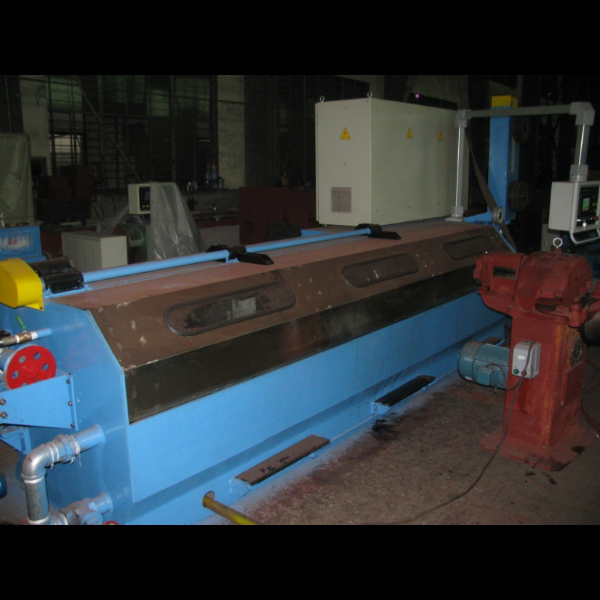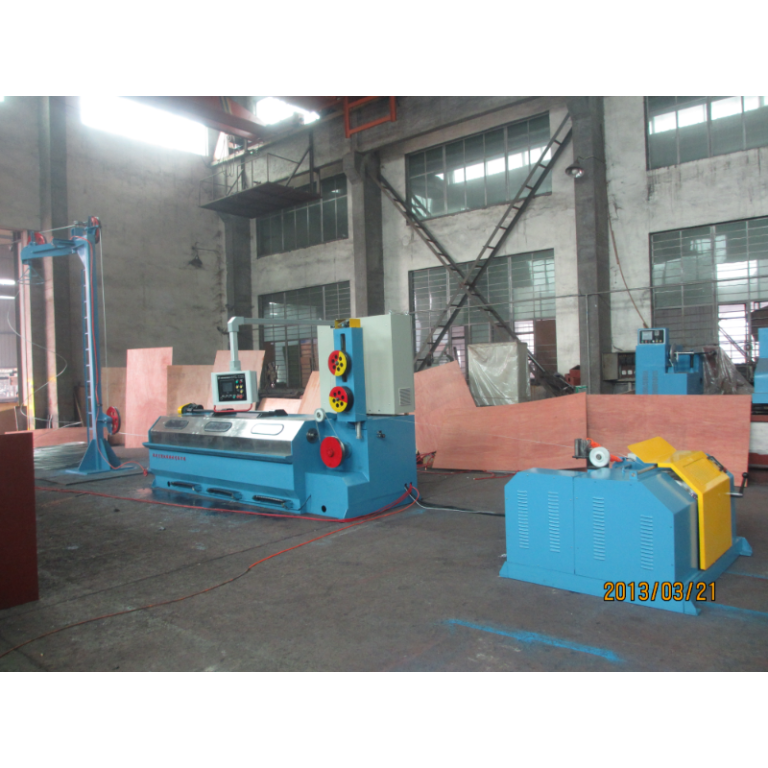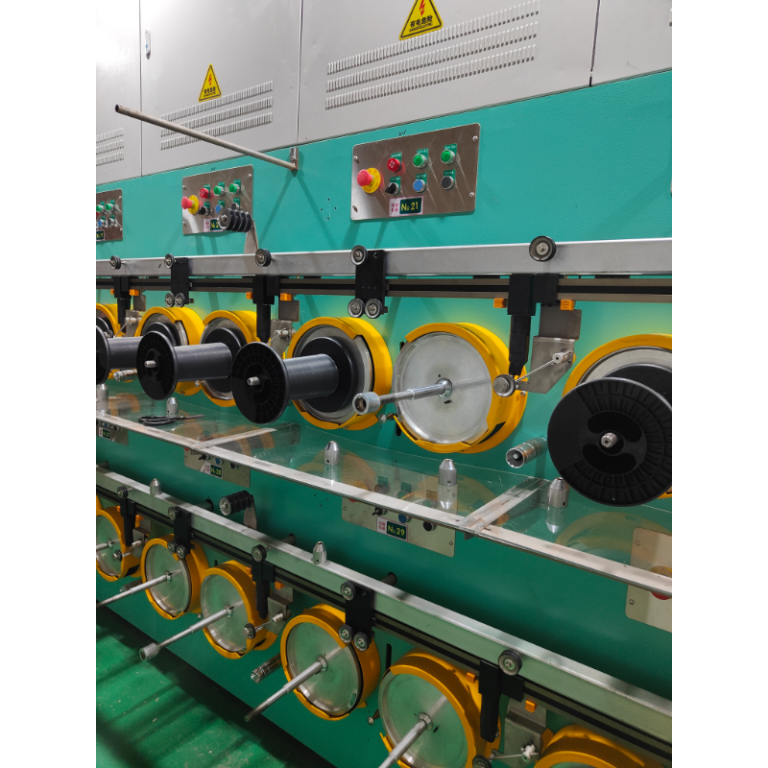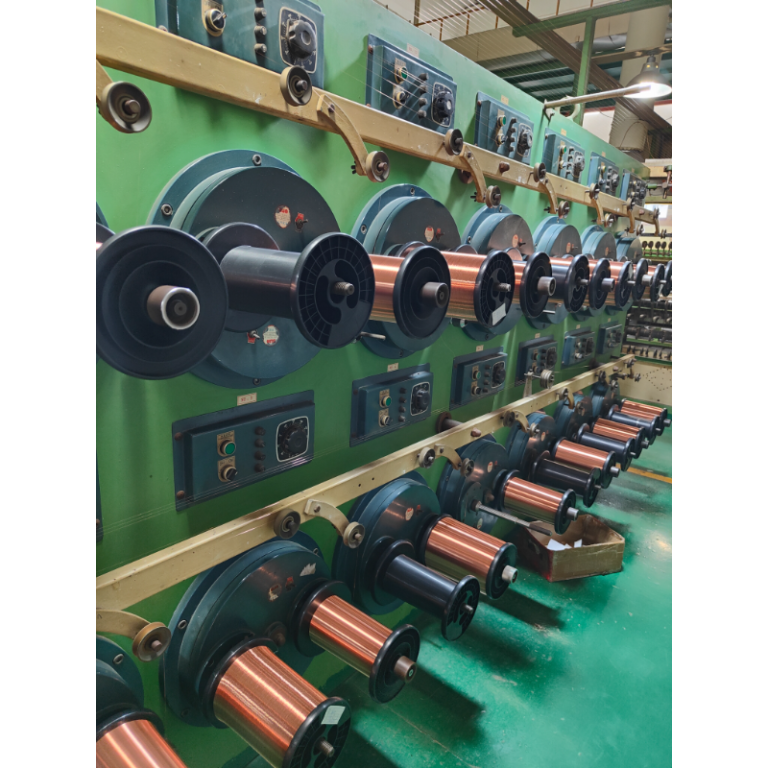Guide to Operating a Copper Wire Drawing Machine for Rod Breakdown Machine
Copper wire drawing making machines are essential tools in the manufacturing industry for producing high-quality copper wires of various sizes and gauges. These machines are used to reduce the diameter of copper rods or wires by pulling them through a series of dies, resulting in a smoother surface finish and improved mechanical properties. Operating a Copper Wire Drawing Making Machine requires precision and attention to detail to ensure the production of consistent and reliable copper wires.
To begin operating a Copper Fine Wire Drawing Machine With Annealer, the first step is to prepare the machine for operation. This includes checking the machine for any signs of damage or wear, ensuring that all safety guards are in place, and lubricating the moving parts to reduce friction and prevent overheating. It is also important to inspect the dies and ensure that they are clean and free of any debris that could affect the quality of the finished copper wire.
Once the machine is prepared for operation, the next step is to load the copper rod or wire into the machine. This is done by feeding the copper rod or wire through the entry point of the machine and securing it in place using the appropriate clamping mechanism. It is important to ensure that the copper rod or wire is properly aligned with the dies to prevent any misalignment or damage during the drawing process.
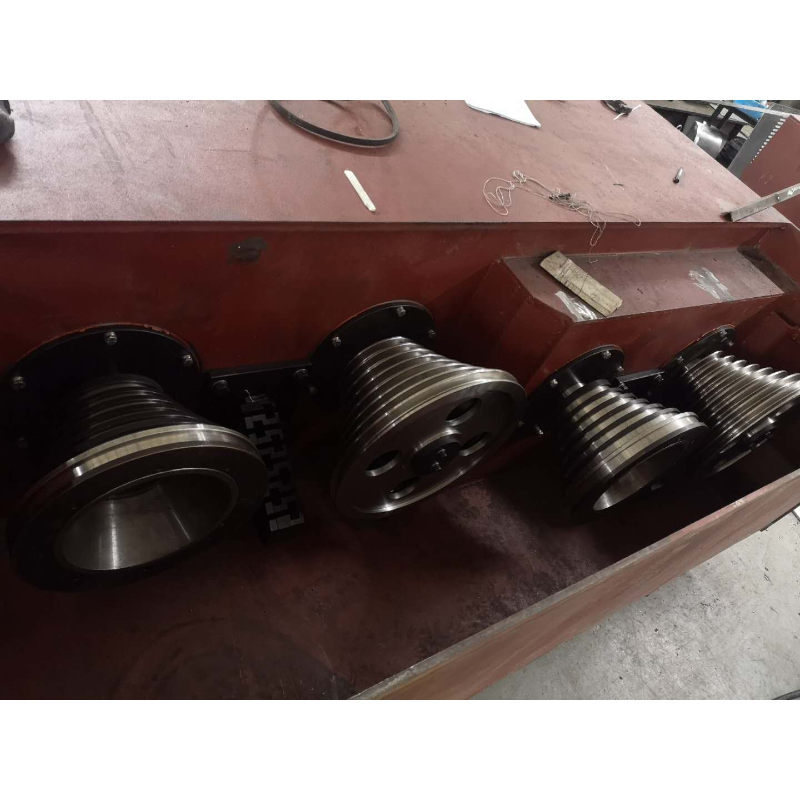
After the copper rod or wire is loaded into the machine, the next step is to start the drawing process. This is done by activating the machine and slowly pulling the copper rod or wire through the series of dies using the machine’s drawing mechanism. It is important to monitor the tension and speed of the drawing process to ensure that the copper wire is being drawn at the correct rate and with the appropriate amount of force.
As the copper rod or wire is drawn through the dies, it undergoes a series of reductions in diameter, resulting in a smoother surface finish and improved mechanical properties. It is important to monitor the quality of the finished copper wire throughout the drawing process to ensure that it meets the required specifications for diameter, surface finish, and mechanical properties.
Once the drawing process is complete, the final step is to cut the finished copper wire to the desired length using a cutting mechanism on the machine. It is important to ensure that the cut is clean and precise to prevent any damage to the finished copper wire.
In conclusion, operating a copper wire drawing making machine requires precision, attention to detail, and a thorough understanding of the machine’s operation. By following a step-by-step guide and monitoring the drawing process closely, manufacturers can produce high-quality copper wires that meet the required specifications for diameter, surface finish, and mechanical properties. With proper maintenance and care, a copper wire drawing making machine can be a valuable asset in the manufacturing industry for producing reliable and consistent copper wires.

